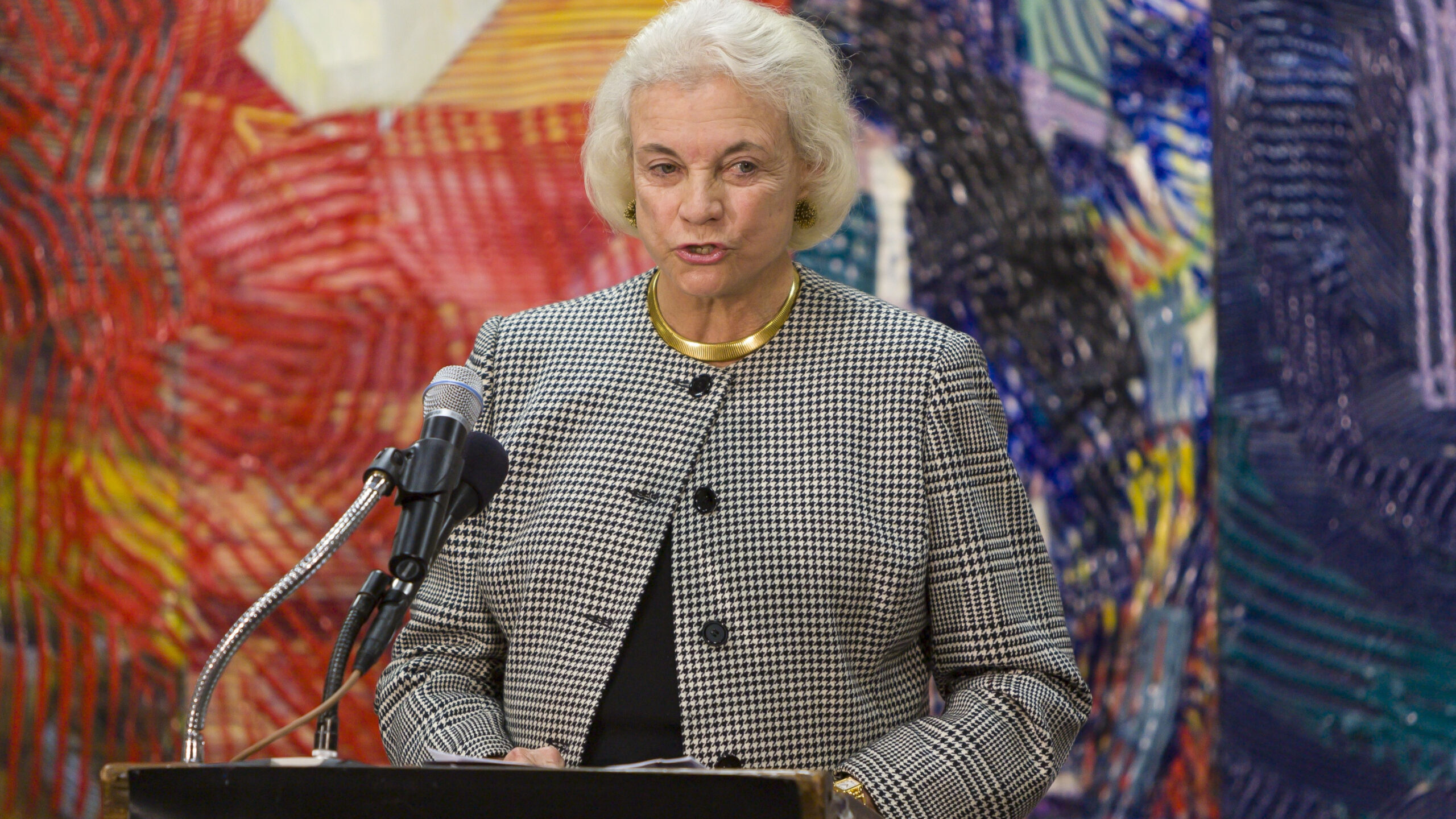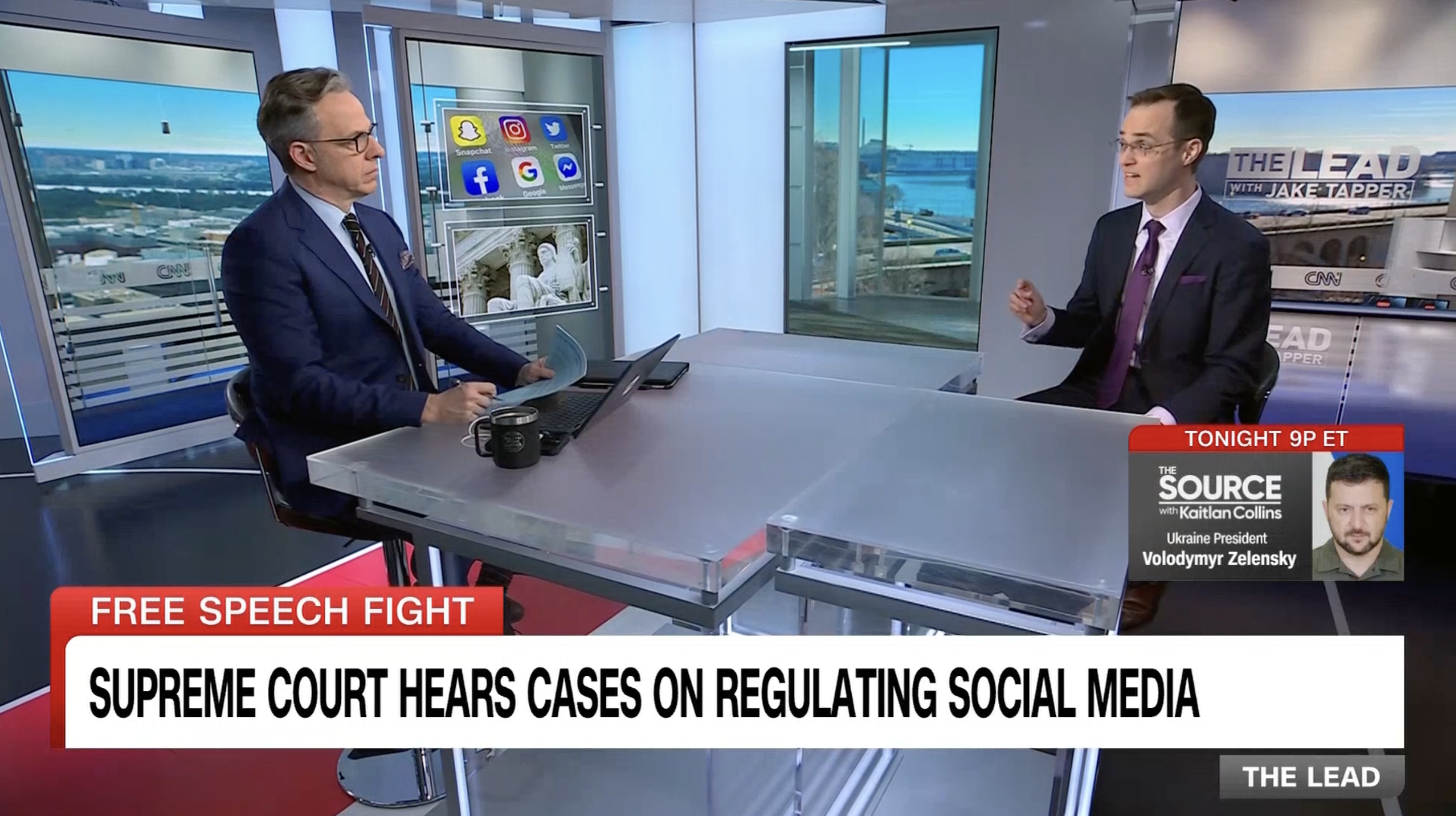What the Bostock Decision Teaches About the DMCA
Seth D. Greenstein is a partner in the Washington, D.C. office of Constantine Cannon, whose practice concentrates on intellectual property and antitrust litigation and licensing issues.
In May 2020, the Copyright Office recommended in its Report on Section 512 of the Digital Millennium Copyright Act that Congress consider re-interpreting key boundaries of the “safe harbor” limitations of liability for online service providers (OSPs). On June 15, 2020, the Supreme Court decided Bostock v. Clayton County, Ga., holding that protections against workplace discrimination on the basis of sex under Title VII of the Civil Rights Act of 1964 also outlawed discrimination against LGBTQ individuals.
What does a case interpreting sex discrimination laws have to say about the DMCA? Surprisingly, a lot.
To support its key conclusions, the Report tries to reconstruct legislators’ mindset in 1998, and then assess whether courts have interpreted Section 512 within the bounds of congressional foresight. Reasonable minds can differ whether their divinations are correct, or even possible. By 1997, the Supreme Court already developed a keen appreciation for the extraordinary and anticipated growth of the internet. Certainly, the tech stakeholders who informed the debate 20 years ago foresaw an internet where users upload tens of millions of videos for billions of public views each day. They were busy building it.
But from the perspective of legislative interpretation, the Report’s approach doesn’t stand up. Bostock makes clear that statutes should be interpreted based on what Congress wrote, not on what legislators envisioned:
Those who adopted the Civil Rights Act might not have anticipated their work would lead to this particular result. Likely, they weren’t thinking about many of the Act’s consequences that have become apparent over the years, including its prohibition against discrimination on the basis of motherhood or its ban on the sexual harassment of male employees. But the limits of the drafters’ imagination supply no reason to ignore the law’s demands. When the express terms of a statute give us one answer and extratextual considerations suggest another, it’s no contest. Only the written word is the law, and all persons are entitled to its benefit. [Id. at 2.]
To illustrate the flaws in the Report’s extratextual approach, consider two of its central recommendations: (1) whether OSPs that use automated processes to facilitate access to stored content should retain their eligibility for the Section 512(c) content hosting safe harbor (Report at 89-90); and (2) whether the requirement to terminate online access to a repeat infringer “means repeat alleged infringer, not repeat adjudicated infringer” (Report at 101).
On the first question, the Report suggests the courts have too broadly interpreted the Section 512(c) immunity for online service providers that host user content – “the biggest source of conflict between stakeholders on the scope of the safe harbors.” Report at 87. Section 512(c) extends immunity “for infringement of copyright by reason of the storage at the direction of a user of material that resides on a system or network controlled or operated by or for the service provider… .” In UMG Recordings v. Shelter Capital Partners LLC, the Ninth Circuit interpreted “by reason of the storage” to permit service providers to automatically transcode video content and extract metadata to make the videos accessible to more users. The Second Circuit agreed in Viacom v. YouTube, and further recognized that suggesting “related videos” among the stored videos stays within the right side of the immunity line.
The Report criticizes these opinions by putting itself into the 105th Congress’ shoes, then noting that Congress may not have anticipated these courts’ conclusions. Report at 89. Using sparse legislative history as support, the Report suggests that “providing server space for a user’s web site” implicitly limits OSP immunity to supporting a user “website, chatroom, or other forum for user posts” without regard to user experience. Report at 90, citing H.R. Rep. No. 105-551, pt. 2, at 53 (1998).
The Report’s conclusion is questionable at best. The House Report language, thin as it is, suggested the immunity applied not just to the specific examples cited in the Report, but in an open-ended way to an “other forum in which material may be posted at the direction of users.” Report at 90. (The House Report also discussed, by contrast, an ineligible OSP “operating an unauthorized Internet jukebox.” H.R. Rep. No. 105-551, pt. 2, at 55.) And that legislative history acknowledges the purpose of “storage”: to make user-stored content accessible to the public via a “website” or “forum.” Users would not have stored the content, and the OSPs would not have undertaken any of their court-approved automated processes, but for the users’ intention to make the stored content publicly accessible. So the immunity to facilitate public access to stored content flows naturally and directly from the immunity for storage itself.
The Supreme Court would agree. By using “because of” (or its equivalent “by reason of”), Congress deemed it sufficient that the defined condition is a cause of the defendant’s conduct, not the only cause. Bostock, at 6 (noting that “because of” – equivalent to “by reason of” – means one causative factor, not the lone cause). Congress could have set a more parsimonious standard of “solely by reason of” (as it did in Section 119), or “primarily for” (as in Sections 101, 110, and 1201). But Section 512(c) as enacted is broader, and does not limit “by reason of the storage” solely to the act of reproduction.
On the second question, the Report regrettably sides with courts that interpret the requirement to deny further internet access to “repeat infringers” in Section 512(i) to mean individuals facing repeat allegations of infringement. Report at 100-103. Here again, that interpretation cannot be squared with the statutory text. Congress’ use of “alleged infringer” elsewhere in Section 512 negates any inference that “infringer” alone has the same meaning. See Section 512(f), (h)(1)-(2), (h)(3) (referring to an “alleged infringer”). As a matter of interpretation, the words of statutes should generally “read in their context and with a view to their place in the overall statutory scheme.” The Copyright Act makes clear that conduct that falls within the limitations on the rights of copyright owners – including fair use, and conduct by libraries and educators – is “not an infringement of copyright.” Whether someone “violates” the exclusive rights of a copyright owner (subject to those limitations) and is therefore an “infringer,” can only be made by adjudication; and only a court can award remedies such as damages or injunctive relief. And, as a matter of policy, it is unlikely Congress intended to elevate copyright remedies above the public’s fundamental rights of association, speech, and access to information – a result held impermissible in other highly consequential contexts.
Over the last 20 years, copyright owners and service providers have extensively litigated the scope of Section 512(c). Technology platforms and users have come to rely on these courts’ interpretations in building today’s thriving internet, and have invested many millions of dollars within their guidance. Accordingly, any balanced re-examination of Section 512 cannot take a one-sided look only at the effect of today’s Section 512 on copyright owners. Before considering the potential policy repercussions of any statutory change, on all three sets of stakeholders, Congress should base its work upon a clear understanding of what the current statute means, rather than hazy recollections of 1998. As the Supreme Court reminds us in Bostock, whether under the DMCA or workplace sex discrimination: “Only the written word is the law, and all persons are entitled to its benefit.”








